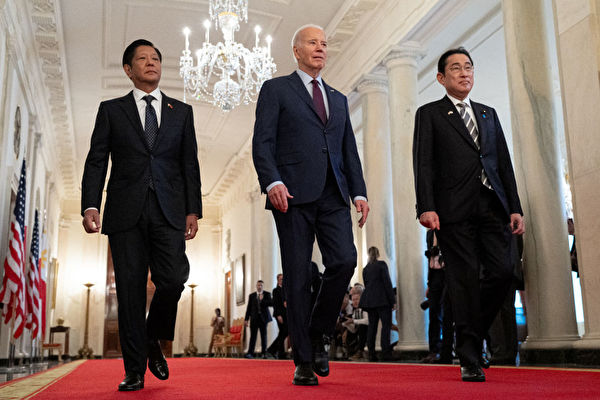The Philippines is seeking alternative financing deals after abandoning negotiations with Beijing. An official in charge of the Philippines’ freight railway project revealed that the project may be completed with the support of the United States and Japan.
The Subic-Clark railway construction, with an estimated cost of around 50 billion pesos (8.68 billion US dollars), aims to connect several former US military bases to transform them into a commercial center, considered as part of the “Luzon Economic Corridor.”
Delfin Lorenzana, the Chairman of the Bases Conversion and Development Authority (BCDA), told Bloomberg on Friday (April 19), “We hope they (the US and Japan) take over and invest here.”
Last October, the “Belt and Road Initiative” suffered a setback in the Philippines. The Philippines announced the termination of three railway construction projects with China, including the 71-kilometer-long Subic-Clark railway. These projects were initiated by the previous Duterte administration, initially planned to be funded and constructed by China. The announcement came amidst deteriorating relations between China and the Philippines due to the South China Sea sovereignty dispute.
On April 11, US President Biden, Japanese Prime Minister Kishida Fumio, and Philippine President Ferdinand Marcos Jr. held a historic trilateral summit, announcing the establishment of the “Luzon Economic Corridor” to improve connectivity between Subic Bay, Clark, Manila, and Batangas province in the Philippines, and accelerate investments in infrastructure projects, including ports, clean energy, semiconductor supply chains, and integrated agricultural enterprises.
This is the latest move by the US and Japan to counter Chinese influence in the Indo-Pacific region. It is expected that a trilateral meeting between the US, Japan, and the Philippines will be held again at the Indo-Pacific Business Forum scheduled for May in Manila to promote investment in the project.
The Philippines stated that it aims to secure investment agreements worth around 100 billion US dollars within five to ten years after the Washington summit.
Lorenzana stated, “We have not given up on the Subic-Clark railway project.”
As a former Defense Minister, Lorenzana expressed greater confidence if the project is taken over by the US and Japan.
“If not them, perhaps South Korea or other friendly countries to us,” he added, mentioning that the government is also considering seeking funding from the World Bank and Asian Development Bank.
Projects that may be included in the Luzon Economic Corridor, according to Lorenzana, also involve the construction of a second runway at Clark International Airport and the 64-hectare Clark National Food Terminal, aiming to make the Philippines a leading agricultural resource center in the region. The runway is projected to cost around 174 million US dollars, while the terminal is estimated to cost 152 million US dollars.
He emphasized that Subic and Clark are “strategically significant” locations.
“Subic is one of the few deep-water ports that can accommodate vessels of any size and is not affected by typhoons, while Clark has vast space,” Lorenzana said. “We have ready manpower, just needing training to complete this work.”
(Reference: Bloomberg)
责任编辑:葉紫微#

